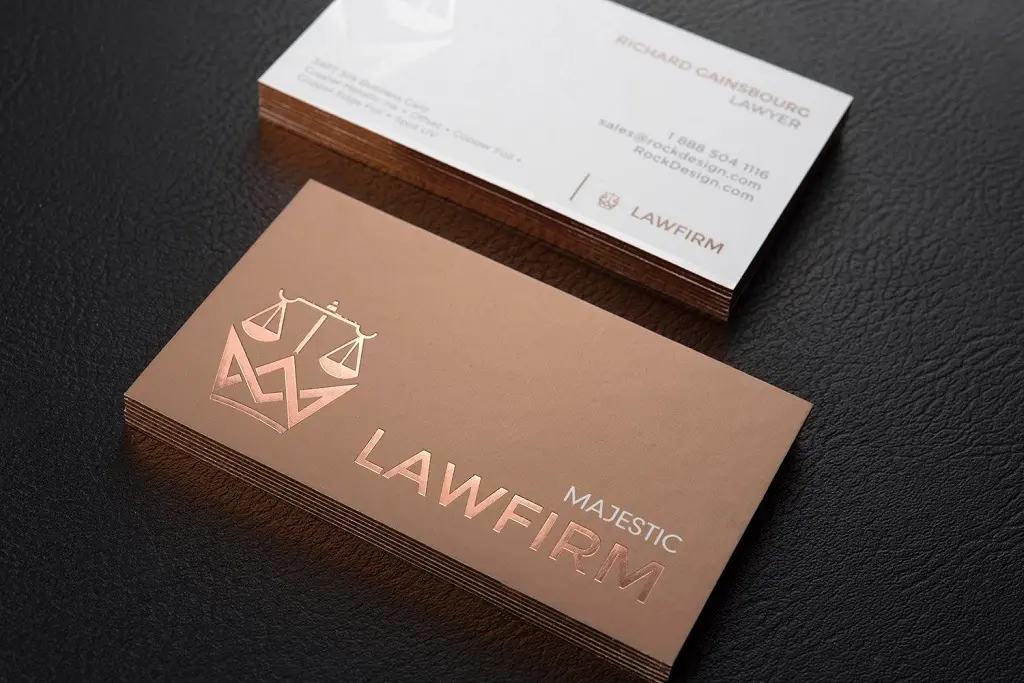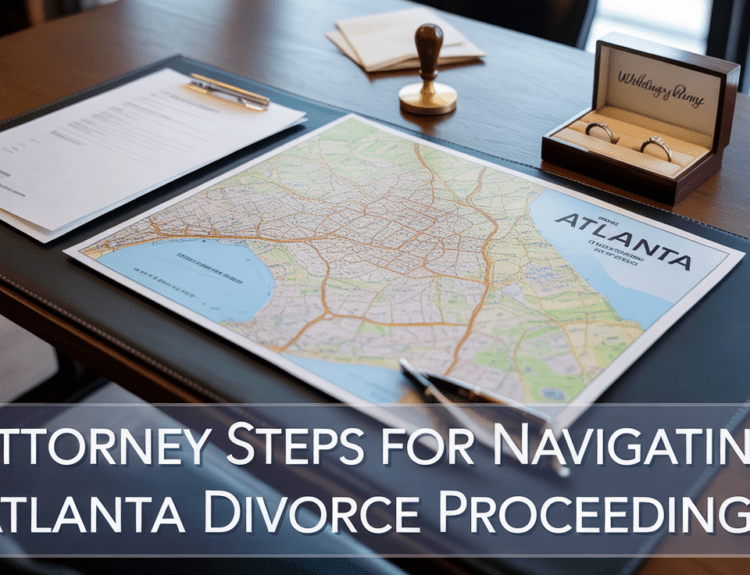Networking builds connections and opportunities. As an attorney, though, there’s a twist: your industry might impose strict rules on something as simple as giving out business cards. So, what’s the deal? Can lawyers even hand them out? The answer, in short, is yes—but it’s not as straightforward as simply exchanging contact details.
Contents
Are Lawyers Allowed to Hand Out Business Cards?
Yes, they can. But the profession comes with strings attached—ethical and legal rules that govern how you present yourself. Breaking these rules is a risky business. Your reputation and career could be at stake if you don’t comply.
The Ethical Rules for Lawyers’ Business Cards
Legal marketing demands high integrity. Missteps can make you seem unprofessional—or worse, unethical. To stay on the right track, a few core principles stand out:
- Be Honest About Your Identity
Say what you mean and mean what you say. If you’re a solo practitioner, don’t add “& Associates” just to seem more established. Misleading people is unethical. - Avoid False Claims
Promoting yourself as a “specialist” or “expert”? Not so fast. Many states tightly regulate such terms. Unless you meet specific qualifications, steer clear of these buzzwords. - Disclose Your Licenses
Practicing out of state? Clients need to know. If you lack a physical office, say so on your card—”By appointment only” can avoid confusion. - Ditch the Hyperbole
Bragging about being “the best” or “top-rated” without credible proof? That’s a no-go. It’s only okay if you’ve earned a verifiable award or accolade. - Stay Professional
Trashing a rival attorney or firm isn’t just tacky; it could land you in hot water. Focus on your strengths rather than others’ shortcomings.
Designing an Effective Business Card for Attorneys
Law office business cards do more than share contact details—it represents trust and professionalism. Here are some pointers for making a card that’s as sharp as your legal mind:
1. Identify Yourself Clearly
Your name and firm should take center stage. That’s the whole point of the card, right? Keep the information factual. A client shouldn’t have to wonder if your firm name is real or an illusion of grandeur.
2. Specify Your Area of Practice
Let people know what you handle—corporate law, family law, tax law, or any other specialty. A clear focus helps potential clients understand your expertise. Avoid exaggerations like “leading authority” unless you can prove it.
3. Include Key Contact Information
How will people reach you? Whether it’s a phone number, email, or website, make sure it’s easy to spot. A professional website link can provide more context about your services and achievements.
4. Use Professional Branding
Got a logo? Add it. Visual elements can leave a lasting impression. A firm tagline can also subtly communicate your values, as long as it’s relevant and tasteful.
5. Keep It Simple and Legible
Busy designs with lots of text are a turn-off. White space is your friend—it makes the card easier to read and more elegant. Opt for clean fonts and a straightforward layout.
6. Make Use of the Backside
Leaving the back blank is a missed opportunity. Use it wisely. You could list practice areas, include a QR code linking to your website, or add a firm slogan.
7. Don’t Fill Every Inch
A cluttered card can be overwhelming. Resist the urge to overdesign or cram every bit of info onto one card. Less can be more.
8. Skip the Fluff
Terms like “top lawyer” or “best attorney” don’t belong on modern business cards unless backed by credible awards. And even then, be specific about who gave you the honor and when.
Tips for Choosing Colors and Fonts
Colors shouldn’t scream for attention. Subtle contrasts work best—a navy blue background with white text, for example, feels professional yet striking. Avoid overly playful fonts or bright shades that detract from the message.
Balance Art and Functionality
A good business card balances style with substance. Think of it as your silent handshake—a quick glance at the card should scream professionalism without saying a word.
Avoid Rookie Mistakes
Here’s what not to do:
- Overcrowding: It’s not a résumé. Only key details should appear.
- Going Overboard with Creativity: A lawyer’s card isn’t the place for funky designs or gaudy colors.
- Forgetting Your Audience: Design with clients, not other lawyers, in mind.
Final Thought
A lawyer’s business card can be an understated but powerful tool. By sticking to ethical guidelines and embracing clean, professional design, you can make a great first impression without overstepping boundaries. After all, trust and credibility are your best assets—show them off wisely.




